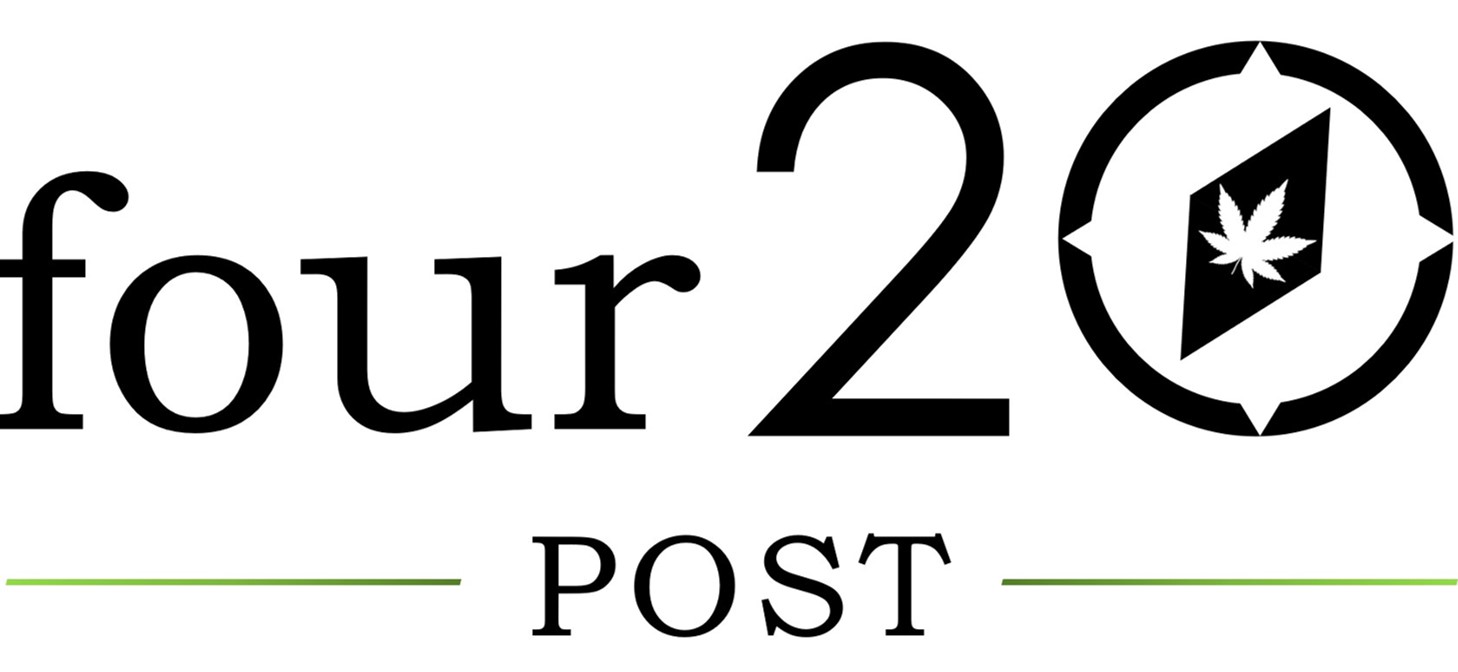Nearly sixty percent of people undergoing opioid maintenance treatment (OMT) use cannabis to reduce their cravings for other drugs, including heroin, according to survey data published in the journal European Archives of Psychiatry and Clinical Neuroscience.
German investigators assessed cannabis use trends in 118 subjects enrolled in OMT. Fifty-seven percent of respondents acknowledged consuming herbal cannabis, despite its use being a violation of the program’s rules.
Nearly half (45 percent) of cannabis consumers said that they used it “to reduce cravings for heroin,” and 24 percent acknowledged doing so to reduce cravings for cocaine. Respondents also reported using cannabis as a substitute for alcohol, benzodiazepines, and other controlled substances.
The study’s authors concluded: “A substantial proportion of patients using cannabis in our sample reported beneficial effects of cannabis use on craving for and use of other drugs, in many cases arguably more harmful substances. … [These results question whether] restricting cannabis use in general really promotes health in OMT patients. … Overall, our results suggest that cannabis should be considered as a strategy for harm reduction in OMT with the goal to reduce use of more dangerous drugs.”
The results of a 2021 study concluded that those in treatment for opioid use disorder who used cannabis were less likely to suffer from a non-fatal opioid overdose than were non-cannabis consumers. Other studies have reported that cannabis use is associated with greater opioid treatment retention rates and that it may mitigate opioid-related cravings among dependent subjects.
Full text of the study, “Does cannabis use substitute for opioids? A preliminary exploratory survey in opioid maintenance patients,” appears in the European Archives of Psychiatry and Clinical Neuroscience. Additional information is available from the NORML Fact Sheet, ‘Relationship Between Marijuana and Opioids.‘






